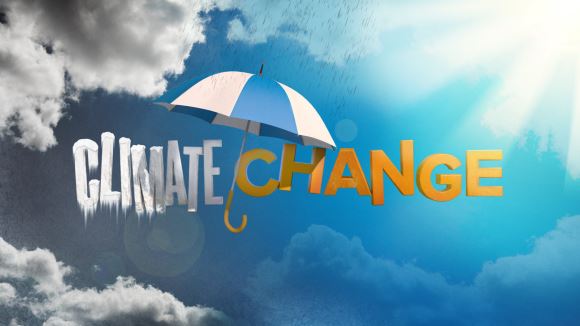Understanding climate change and the effect it has on our planet is not easy, especially for those who refuse to accept it. We all have our own belief and understanding of what is happening to the world. So changing people’s minds requires patience and the ability to walk away if all doors are shut.
So the big question right now is, how can we have a conversation with non-believers about climate change with the hopes they’ll change their mind? Well, the first thing to do is to make sure you have a deep understanding of the subject, and that you’re practicing what you preach.
It makes no sense to have a conversation with someone if they’ll simply ignore your points. Worst case scenario? They’ll scrub you off their Christmas list and then everyone’s a loser. You like those ugly sweater gifts right? So once you’ve learned the facts – try here for some authority https://climate.nasa.gov/evidence/ – then you can begin.
Step one: Choose a person who’s willing to talk
Since you’re new to all of this, the best method is to talk with a person who is open-minded. Going this route will make it easier to get points across, and it’s a splendid confidence booster as well. The chances of you coming out on top are pretty high, but remember, always use caution.
Step two: Gain Consent
I’ve come to realize that in many conversations, a lot of folks tend to use “ambush” tactics, and this doesn’t always work. Depending on who you’re talking to, the person could simply leave in anger, or stubbornly and irrationally stand their ground. But no matter what, always keep calm.
To get the conversation started, ask your friend, family, or stranger if they want to talk about climate change. Allow them to walk into the discussion without feeling any pressure because that’s one of the recipes to success. “So what do you think about climate change, Uncle John?”
Step three: Be a good host
Being a good host means the other party must feel comfortable and settled in Be friendly, smile, and just hold tight to that confident demeanor. Let the facts speak for themselves. Nowadays there are many examples close to home which you can refer to, which show that climate change is a real thing and not just a media invention. Facts not emotion win out every time.
Step four: Start asking questions
You’re in hot water now, friend, and there’s no backing out of it because you’d look like a coward on a horse.
OK, the next thing to do is engage them in a question answer. “What do they know about the facts behind climate change?”. Get them talking. This should give you an idea of their knowledge and how to proceed further.
While they are speaking, please do not cut them off because the plan right now is to listen. Additionally, you should also ask “how do you feel about climate change?” You see, feelings are different from knowing, so understanding how an individual feels can shape the conversation going forward.
Step five: State the facts
Once you’re done listening, it’s time to explain what you know and be sure not to give your opinion, but instead, again quietly repeat the facts. Furthermore, if you have a smartphone or tablet on-hand, be prepared to show proof of what you’re saying is correct.
There’s no point in making statements without anything to back them up. You see, on the matter of climate change, you can’t expect citizens of the world to take your word without some form of evidence seeing as you’re not an expert on the matter.
Step six: Ask if they want to talk again some other time
Going this route is important to learn if whomever you’re talking to has any interest moving forward, or if they just want to get out of the conversation. If they say yes, then exchange contact information, but if they say no, well, it is what it is.
Don’t get angry and throw a temper tantrum because that’s not a good look for you, or the climate change community.




